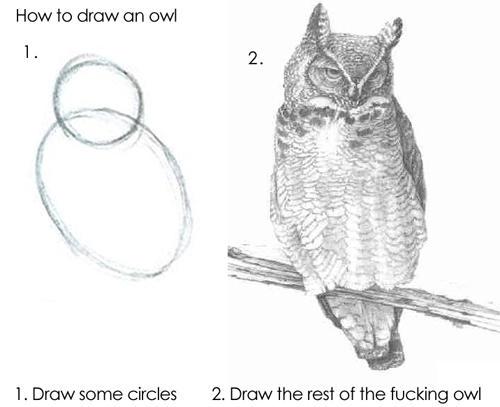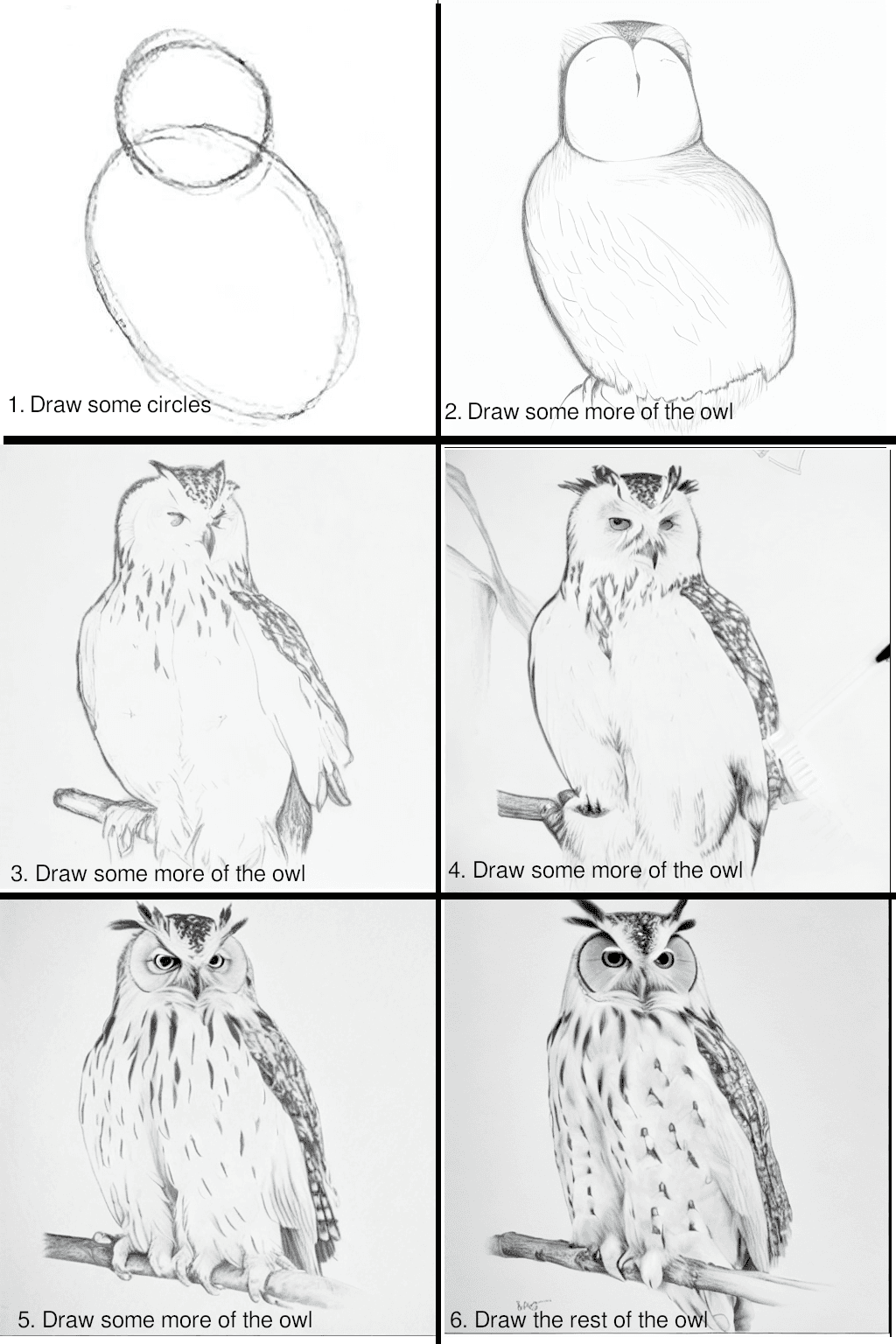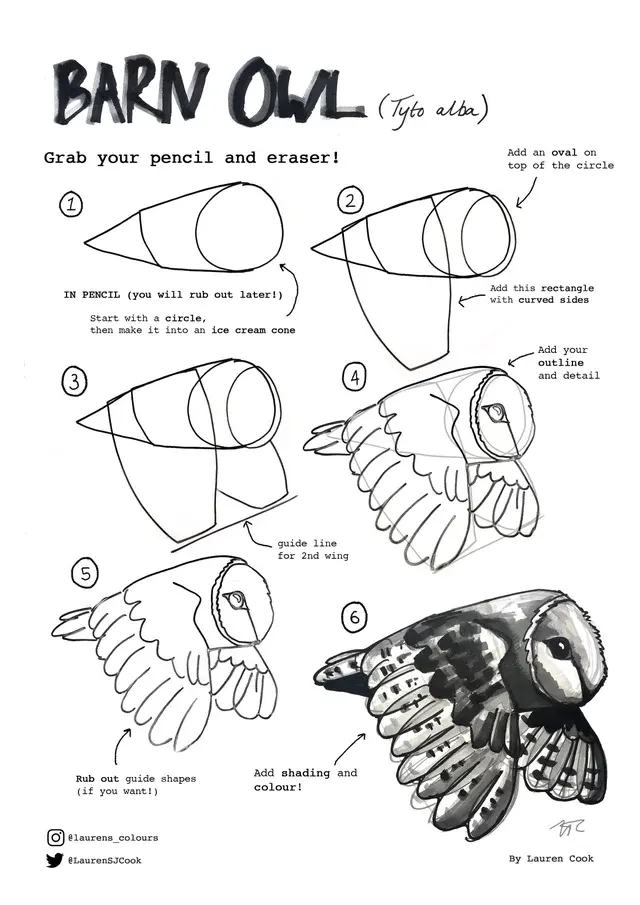Managing Through Others
In a previous article I outlined 5 Bad Habits that Engineering Directors tend to make, and in this article I will dive deeper into how we as leaders can learn to take the important step back from direct management to learning how to manage through others. This skill is the antecedent to learning how to stop micromanaging the managers that report to you.
The good news is that if you have the skills of a good Engineering Manager, you already have had the experience of learning how to step back. Specifically, the transition from Engineer to Engineering Manager requires you to learn how to practice the skills of guidance and direction in order to manage the engineers on your team. When problems exist, you cannot simply jump in and fix the code with your own two hands anymore - you must allow your engineers to solve the problem instead. This does not mean you are a passive observer - indeed your role and responsibility is now even greater than it was before. But the actions you take are different.
Coaching Managers: Step by Step
Now that you are a Director of Engineering, you must take another step back and let your managers do the work of managing their teams. Instead of jumping in and solving management problems yourself, you are now coaching your managers on how to handle their issues themselves. The best sign of success would be if the team reporting to your manager had no or very little idea that you were involved in the the resolution of the problem in question.
1. Identify
The first step in solving any problem is to identify that it exists. This might sound like a simple step, however many of us like to charge directly to the "solving the problem" step. In moving too quickly towards the solution, it means we haven't spent the requisite time fully exploring the problem itself. When your task is now to guide others in solving a problem, it becomes increasingly important that the problem is properly identified and agreed upon by the people in question (nominally you and the manager that will be responsible for solving the problem). Sometimes the problem is something you have identified yourself, and sometimes the problem will be one that your manager will bring to you. In the first case, it is important for you to spend an appropriate amount of mental energy coalescing the problem into a sharable format with your manager. If someone is bringing the problem to you, then this stage looks a bit different. Now you need to ensure that you are creating the time to discuss and investigate the problem with the person. Again, not looking to solve the problem, but looking to understand it. This is likely going to occur within a one-on-one with this manager, which means it is important to have a standing weekly one-on-one of a substantial duration (see the problem of Short One-on-Ones below).
2. Highlight
This is a tiny, yet incredibly key step in the process. You must highlight to the person tasked with solving this problem that the problem exists and that you are specifically asking that they be the person that is responsible for solving it. Skipping this step can leave ambiguity into who is responsible for moving things forward. You want to make it explicitly clear that you expect your manager to be responsible for the resolution of the problem, with your support, of course (see the problem of No Ongoing Support below).
3. Be Specific
When tasking another with solving a problem, it helps to be as specific as possible about what success looks like. This is even more important when the problem is not technical in nature but instead management or people related. What steps do you want to see taken to kick off the process? What needs to occur for you to feel that the problem is resolved? The more specific you are the better it can be to know where the state of things are. Examples of this can be: "As a first step, I'd like you to have a discussion with <person> to learn more about <X>. Ideally by the end of the week.", or "The next step is going to be a document that outlines <X>, <Y>, and <Z> so that we can have a discussion with all the stakeholders". This is where you are providing some specific mentorship with the goal of creating clearly defined milestones. This should also have the feel of collaboration - hopefully the ideas and opinions of the person you are working with are clearly evident in the milestones you are asking of them. If there are any specific company HR policies that need to be adhered to or if HR needs to be a partner in this project, this is the place to make that clear as well. This is the step that can most easily move into micromanagement if you dictate the solution too much or are too specific (see the problem of Being TOO Specific below).
4. Create Accountability
The final responsibility for problems within your organization lies with you, and this also means you may have your own boss asking you about the status of an issue. If you have successfully worked with your manager to fully identify the problem and outline some specific milestones on the path toward resolving the problem, this now easily allows for you to provide a lightweight status update to any other interested stakeholders. Now that the problem is identified and milestones are created, we can track the status of this problem like we would any other project. This allows for you to create ongoing accountability with the manager tasked with this problem to provide regular updates and to show progress towards resolution (see the problem of No Chain of Accountability below).
Failure Modes
There are a few common problems that I see people make when learning how to manage through others. Some of these problems involve taking too much of a step back and some of them indicate not taking enough of a step back. Finding the right balance is of course an art form in and of itself.
Short One-on-Ones
I found that I almost always needed at least a 1 hour one-on-one with all of the managers reporting to me. A 30 minute time slot is often too short in order to truly explore any problems as well as go through all regular administrative topics. When people know they only have a short amount of time to discuss a topic, it is human nature to try and fit the content of the discussion into that time frame. This makes it very hard to do an appropriately thorough job on the identify step or to provide sufficient ongoing support. For extremely thorny issues don't be afraid to create additional discussion time outside of standing one-on-ones to discuss it in depth.
No Ongoing Support
For new or less experienced managers, it is easy to forget how much ongoing support is needed for them to feel confident in solving a new-to-them problem. Even experienced managers can benefit from consistent and ongoing support for challenging problems. I found that it was incredibly valued when I spend the time to regularly touch base with my managers during our one-on-ones to ask how progress was going, what was going well vs what was challenging, and continuing to talk through how they might approach the next step of the problem. Working with your manager to create those specific milestones helps make the task of ongoing support much easier, as now you have a list of items to ask about each week.
Being TOO Specific
If you struggle with being too hands-on, then it can be easy to get over involved in the step outlining milestones and desired deliverables. Most people have seen the "Draw the rest of the owl" meme which outlines the problem of lack of specificity.

Know your meme: how to draw an owl
It can be equally irritating if the draw the owl tutorial outlined each and every pencil line you needed to make to draw the owl, or provided steps with such specificity but not any information on why each step is important. This can be shown by this image where someone used an AI to provide the "missing steps" in the draw the owl meme.

Instead, we are aiming for a true tutorial for how to solve the problem. The art equivalent would include explanations for guidelines, discussion on perspective, and focusing on creating different sub-elements.

Different managers are going to have different levels of comfortability and ability in "filling in the gaps." A new or inexperienced manager might want more guidance and instruction while an experienced manager might want to show that they have the ability to handle thorny problems with minor supervision. Not sure where someone is? Ask questions to determine just how much help they want from you when working on building out milestones and deliverables.
No Chain of Accountability
When you are a direct manager it is easier to always have the information at your fingertips about how projects are going. When you become a Director, it can be very easy to pass along accountability directly to your managers (aka pointing the finger). This has the dual impact of reducing the confidence that your boss has that you have a handle on what is going on in your organization as well as making your managers feel unsupported and in the spotlight. While you are working with your manager to create milestones and assigning responsibility to the manager, you can and should make it clear that you are retaining overall accountability for this problem. If they aren't successful then you aren't successful.
Benefits
There are many benefits to learning how to lead through others but the most valuable in my opinion is that you can become the type of manager that truly has a transformative impact on the abilities and careers of the people that report to you. A striking 98% of US Managers want more management training. Learning how to effectively support and grow your managers can have an outsized affect on your entire engineering organization and is also incredibly personally satisfying.
Helping people become skilled and confident managers is a passion of mine, and if you are looking for individualized support in your own management journey, feel free to reach out for more information on a customized management coaching plan.